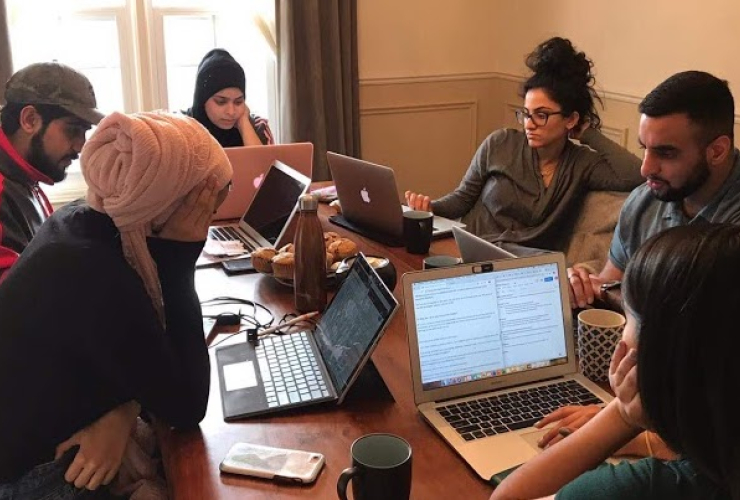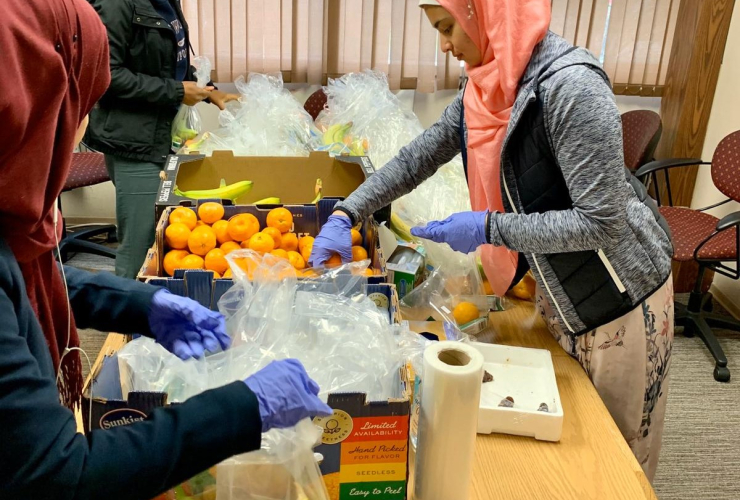Anuradha Rao has done environmental work her entire career, and until recently, she would typically find herself the only person of colour in most professional settings.
“Whether it was fieldwork, whether I was at a conference or meetings, I would often see it was a room full of white people and then me,” Rao, a biologist focused on marine conservation, said in an interview. “It was very rare to see another brown face there, and it was always something that stuck with me as a question.”
That question — where are the Black, Indigenous and other people of colour (BIPOC) who are working in the green movement? — set Rao off on a journey that uncovered scores of otherwise untold stories.
“What I wanted to do was something celebratory,” she said of the motivation for her book, One Earth: People of Color Protecting Our Planet. “I wanted to share the stories of people whose stories don't usually get to be told. I wanted people to see their faces.”
The people she found on that journey included Flávio Santi Ayuy Yú, a shaman from Ecuador with whom she drank herbal tea from the Amazon while he described the fight to protect his people’s territory from extractive industries.
They also included Brandon Nguyen, who, while in Grade 10, co-founded the Toronto Coalition of EcoSchools, which encourages young people in the Greater Toronto Area to become more sustainable.
And they included Saul Brown, a young Indigenous man from the Heiltsuk and Nuu-chah-nulth First Nations on the coast of British Columbia, who returned home from university studies in 2015 to help organize a successful protest against excessive commercial fishing that would have depleted stocks of herring.
Herring has always been an important part of Heiltsuk culture, their arrival heralding a new year, and more recently have been broadly recognized by scientists for their key connective role in a food web involving many other species.

Saul Brown during his family’s 2017 potlatch. Photo by Hillary Beattie
Rao started pitching the book to publishers in 2017 and signed a contract with Orca Books that summer. She delivered the full manuscript about a year later, but edits and graphic design work stretched on, and it wasn’t published until April last year.
Rao was planning a major launch event for the book for Earth Day 2020, but the COVID-19 pandemic meant that and subsequent presentations she has made have almost all been virtual.
These included a string of events at Ontario schools in the spring, as well as workshops for youth camps, panel appearances and keynote presentations for adult audiences, and guest lectures to undergraduate classes assigned the book as part of their coursework.
“The need for it still seems to be there, the conversations are still current,” she said.
The book is currently heading into a third print run.
Morgan Sharp / Local Journalism Initiative / Canada’s National Observer






Comments